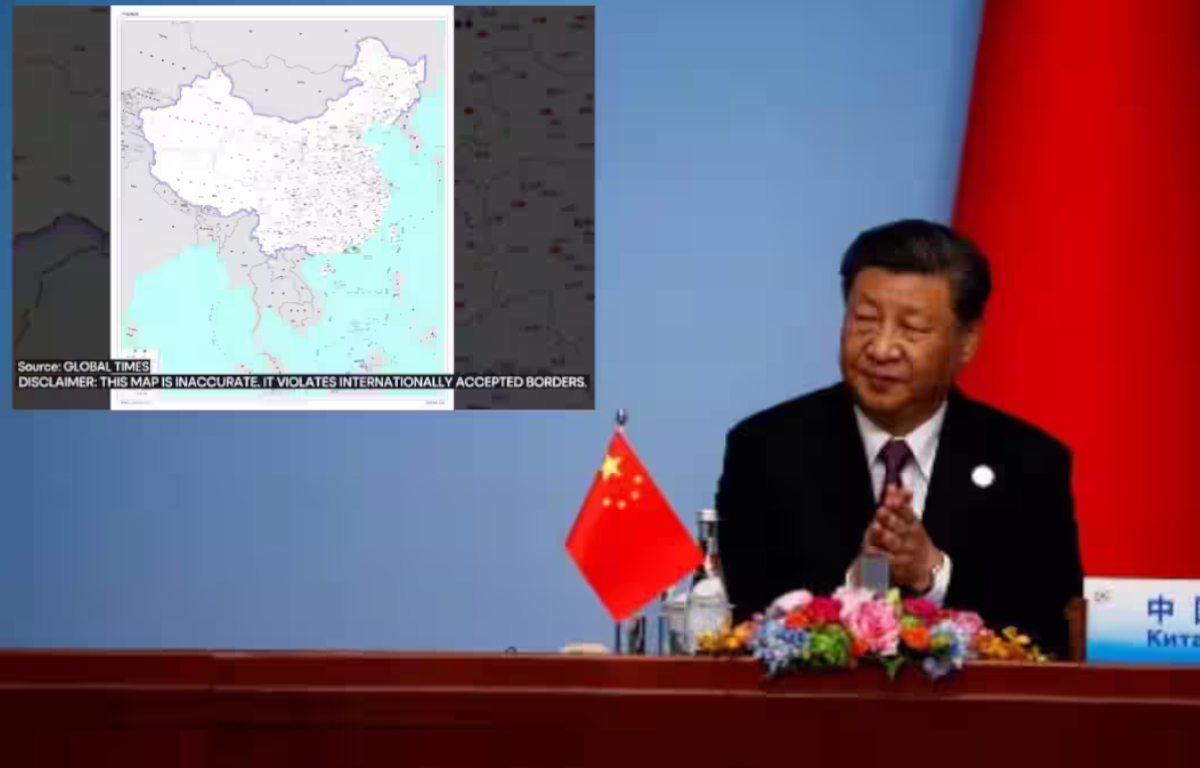
At the heart of this diplomatic row lie the Kalapani, Limpiyadhura, and Lipulekh regions, which Nepal has historically asserted as part of its territory. These regions have been the subjects of contention between Nepal and India for decades, with overlapping territorial claims. Adding another layer of complexity to this issue, China has its own territorial interests in the region, particularly in Tibet, making the resolution of this dispute more intricate.
In June 2023, China released an official map that explicitly excluded the Kalapani, Limpiyadhura, and Lipulekh regions from its claims while reiterating its commitment to Nepal’s sovereignty. This move was interpreted as a direct response to Nepal’s concerns over territorial encroachments by India, further exacerbating the situation.
Nepal’s reaction to China’s map was swift and unequivocal. The Nepali government strongly voiced its discontent, emphasizing that the inclusion of these territories on its maps was non-negotiable. This reaction was notable due to China’s significant role in Nepal’s infrastructure development projects under the Belt and Road Initiative (BRI) and its status as an important economic partner.
To fully grasp Nepal’s response, one must consider the historical context of the border dispute. The Kalapani, Limpiyadhura, and Lipulekh regions have long been contentious points in Nepal’s relations with India. In November 2019, India’s release of a political map that contradicted Nepal’s claims escalated tensions, leading to a formal protest from Nepal.
The implications of this China-Nepal border dispute are far-reaching, especially within the broader regional context. China’s support for Nepal’s territorial claims could potentially reshape the dynamics of the Nepal-India-China triangle. It may also influence Nepal’s strategic and economic choices, particularly its participation in the Belt and Road Initiative, where it has been a significant recipient of Chinese investments.
The release of China’s new map, which excluded disputed areas with India, has added complexity to South Asia’s geopolitical landscape. Nepal’s response underscores its determination to safeguard its territorial integrity while delicately managing its relationships with both India and China. The evolving dynamics in this region will require careful diplomacy and negotiation to ensure that longstanding disputes do not escalate into larger conflicts, which could have repercussions not only for the directly involved nations but also for regional stability at large.










Share this: